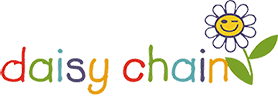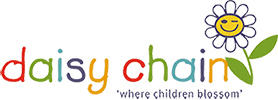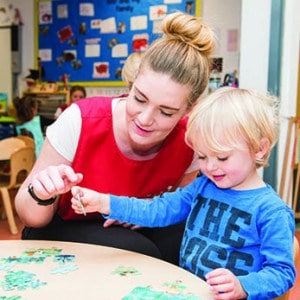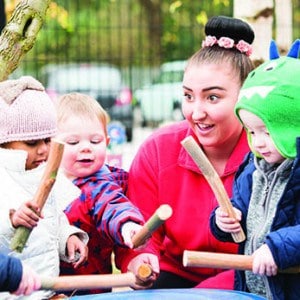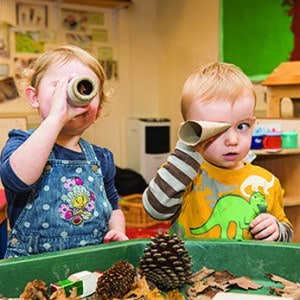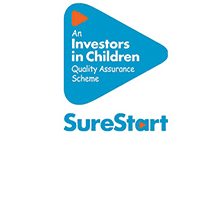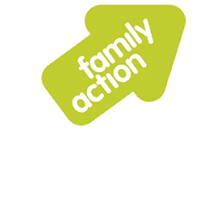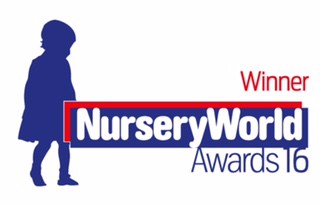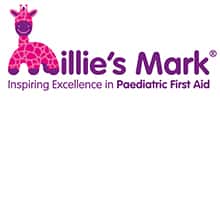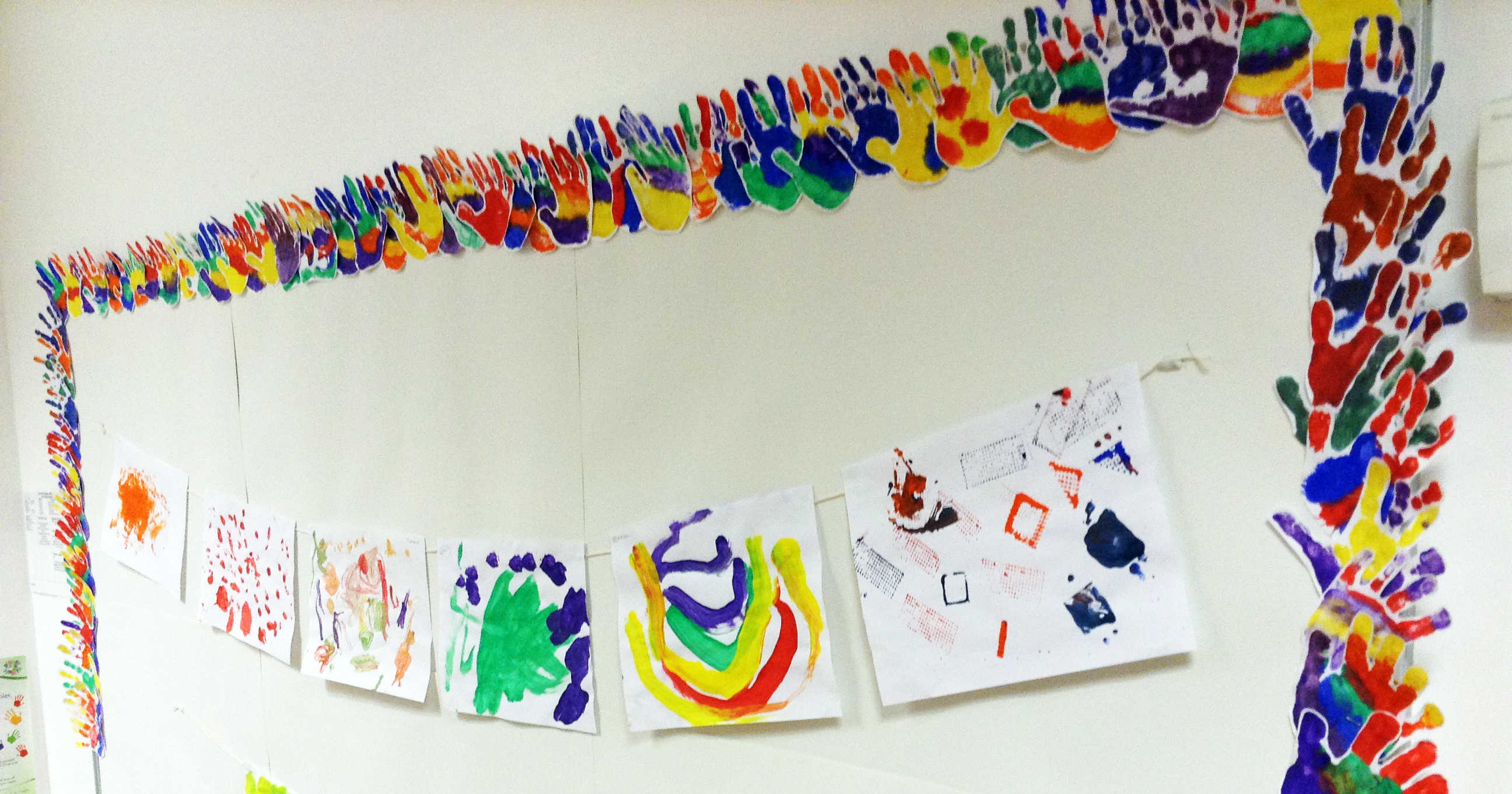
16 Aug Mark-making with Babies
Why Mark-making is Important for Babies and Young Children
At Daisy Chain we encourage babies and young children to mark make from an early age as this gives them the foundations that will later help them with early literacy skills. All ages of children enjoy mark making with paints or even running their fingers through sand. These early experiences are crucial for developing early language skills.
We offer several opportunities for children to experience ‘open ended’ mark making activities as they are ideal for young children. There is no ‘fixed’ outcome to these activities and a child can use their imagination and expression to create whatever they feel like. This is especially useful for young children where they can explore and develop their own skills at their own pace.
Here are some mark-making ideas you may like to try with your baby at home…
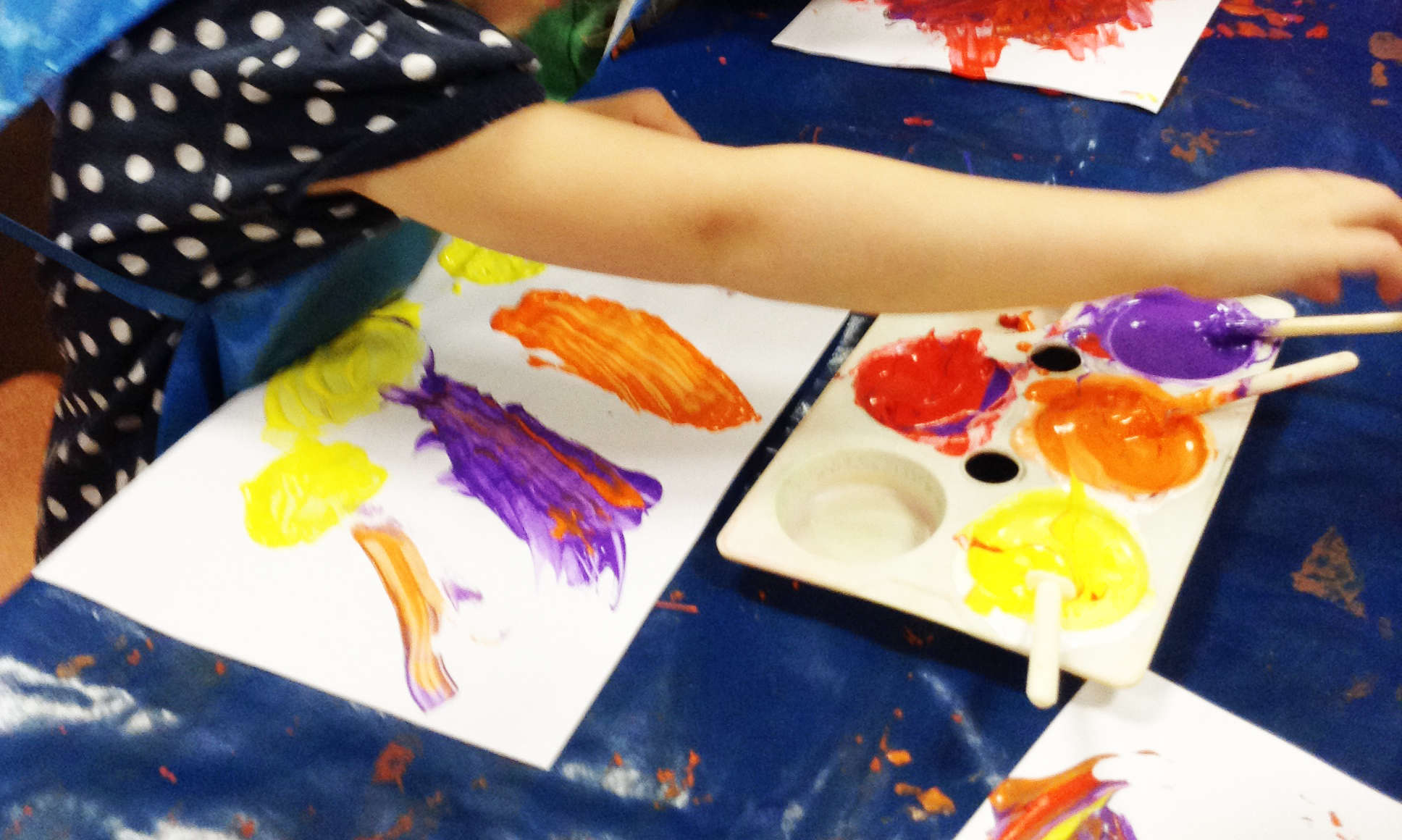
Painting with Cotton Wool
If you have a child that is reluctant to get messy you may need to think of alternative activities e.g. using bingo dabbers or cotton wool fastened to pegs to paint with. You can introduce an activity your child is interested in to encourage participation e.g. cars making tracks in paint or dinosaurs making footprints across a page.
Mark making on Sandpaper
Resources
- Sandpaper
- Paintbrushes
- Different coloured paints
- Paint pots (yoghurt pots make ideal tubs)
- Apron
This activity opens up children’s experiences instead of painting on paper, children can feel the texture of sandpaper. Encourage the children to use the paint brushes to make marks on the sand paper. Interact and use vocabulary to support the activity and watch for children’s responses.
Mark-making with Shaving Foam
Resources
- Table or tray
- Shaving Foam
- Apron
- Additional resource – Cellophane – Good Colouring – Glitter
Spray blobs of shaving foam on the table and allow your child to experiment with the temperature and consistency with their hands and fingers (or anything else they want to use). When the foam is spread on the table you can encourage marks to be made with fingers or tools/toys etc. This activity can be further enhanced by adding glitter etc. to add another dimension to the texture. Food colouring can also be added to allow children the opportunity to mix colours (be careful for staining). Allow the child time to experience and experiment and absorb the sensory elements to this play.
Painting on Foil
Resources
- Table, Tray or Floor
- Different coloured Paints
- Paintbrushes
- Apron
This can be done by either sticking the roll of foil on the floor or putting sheets of foil on a table or tray. Again allow the child to paint on the foil as this will offer opportunities to experience different results than just painting on paper.
The use of varied and rich language during any activity is vitally important for all ages of children. This also goes alongside lots of positive facial expressions that will make the activity interesting and exciting for the child but also confirms that you are interested and excited by their masterpiece. Early language can include, ooh’s and ahh’s, simple colour recognition and even naming body parts e.g, fingers, hands, toes etc…
Written by Helen Stoner, Training Manager
Daisy Chain Childcare
